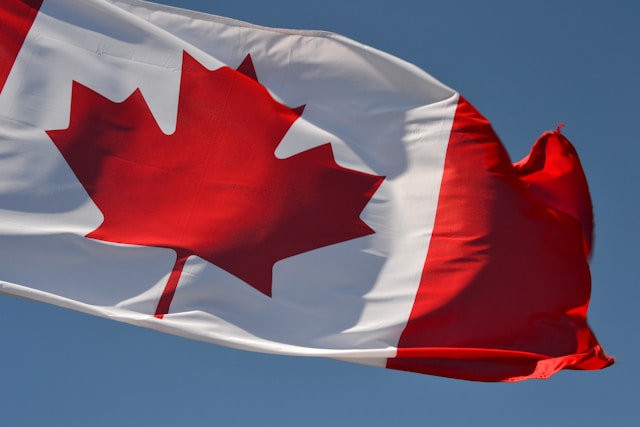On the eve of a pivotal rate decision, the Bank of Canada faces a landscape marked by wavering growth, stubborn inflation, and a nation holding its breath for relief from high borrowing costs.
Financial analysts are nearly unanimous: the central bank is expected to lower its policy rate by 0.25 percentage points to 2.5 per cent at its announcement on September 17. This move, breaking a series of three steady holds, comes as Canada’s economic engine sputters and inflation remains a persistent worry. According to LSEG Data & Analytics, markets have largely priced in the cut, reflecting broad anticipation that a turn is imminent.
August’s inflation report, released just a day prior, is forecast to show an annual rate of two per cent, up from July’s 1.7 per cent. Tony Stillo of Oxford Economics attributes recent price pressures in part to counter-tariffs on imported groceries, but notes that the government’s decision to roll back most of those tariffs in September could soon ease food costs. Still, Stillo warns, the wider economy is showing signs of fragility. With GDP contracting in the second quarter and over 100,000 jobs lost since July, the risk of recession is no longer theoretical but tangible.
In this climate, Stillo expects the Bank of Canada to act, describing the anticipated cut as an “insurance policy” to support growth as trade uncertainties and a weakening jobs market weigh on confidence. TD Economics echoes this sentiment, citing data that aligns with the need for further easing, though cautioning that any surprise inflation spike could delay action. The central bank’s own deliberations in July highlighted the potential for more cuts if the labour market deteriorated—a scenario now playing out in real time, as unemployment rises to 7.1 per cent.
Yet, the path forward is not without risk. Ongoing trade disputes and upcoming federal spending plans inject uncertainty into forecasts. Stillo advises that the bank will likely remain cautious, wary of making drastic moves only to reverse course. As the September cut appears likely, all eyes will turn to how Canadian households and businesses respond, and whether this marks the beginning of a broader shift in monetary policy.
References:
Bank of Canada expected to cut interest rates after last-minute inflation report

